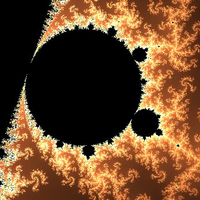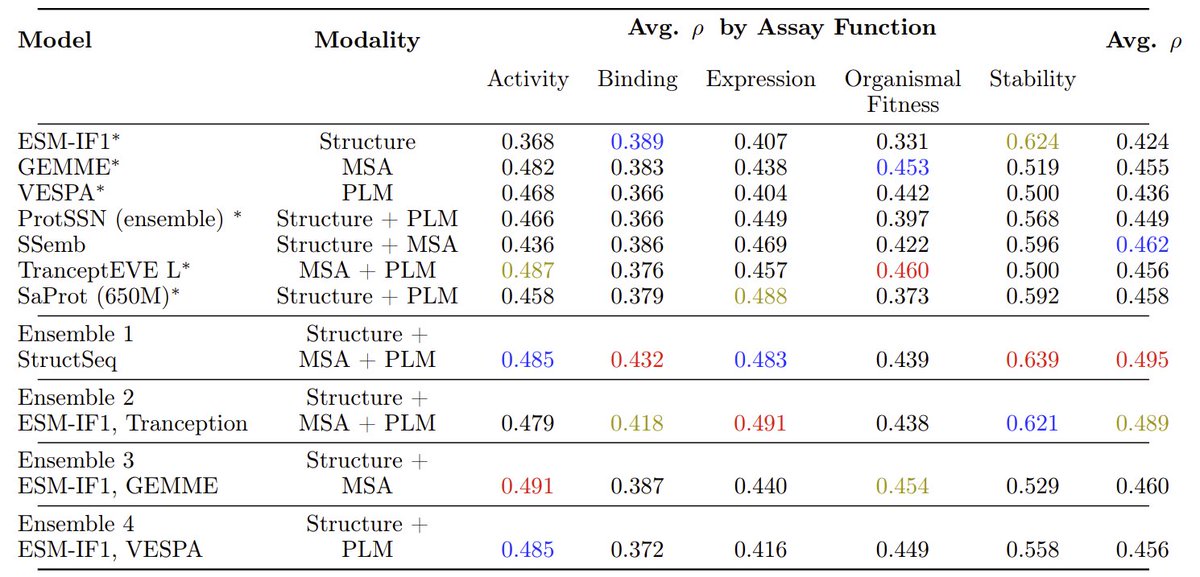
Diego del Alamo
@ddelalamo
Protein engineering & synthetic biochemistry @GSK
Opinions my own
linktr.ee/ddelalamo
ID: 1429930929770795011
23-08-2021 22:18:00
1,1K Tweet
4,4K Followers
456 Following




Joe Greener The silliest thing is that even though the sequence is only 58% similar to closest training set sequence, almost half of the "novelty" (the unaligned 42%) is from one other sequence. Much less novel than advertised! Can't find original tweet but IIRC Brian Naughton saw this first



Andrew White 🐦⬛ I find that this graphical abstract communicates the key finding quite effectively (DOI: 10.1021/acs.jcim.4c00049)














